Masks make a difference. Stay-at-home orders. Social distancing mandates. Obsessively washing hands and wiping down groceries and packages with disinfectants. Health experts and state and city political leaders recommended or required these measures long before they started advising Americans to wear a mask when they leave home. But mask-wearing may be the measure that makes the most difference.
Scientists recently looked at the spread of the new coronavirus aboard the Navy’s USS Theodore Roosevelt aircraft carrier and found that mask-wearing was the most important of a range of precautions taken by service members to prevent the transmission of COVID-19:
In April, the U.S. Navy and CDC investigated this outbreak, and the demographic, epidemiologic, and laboratory findings among a convenience sample of 382 service members serving aboard the aircraft carrier are reported in this study. The outbreak was characterized by widespread transmission with relatively mild symptoms and asymptomatic infection among this sample of mostly young, healthy adults with close, congregate exposures. Service members who reported taking preventive measures had a lower infection rate than did those who did not report taking these measures (e.g., wearing a face covering, 55.8% versus 80.8%; avoiding common areas, 53.8% versus 67.5%; and observing social distancing, 54.7% versus 70.0%, respectively). … This report improves the understanding of COVID-19 in the U.S. military and among young adults in congregate settings and reinforces the importance of preventive measures to lower risk for infection in similar environments.
Wearing a protective facial covering was more effective than increased hand-washing, slathering on the hand sanitizer, avoiding common areas, stepping up workspace cleaning, and trying to stay physically distant from others.
In addition, new research from scientists at Cambridge and Greenwich Universities suggests “population-wide use of facemasks could effectively control the coronavirus pandemic by substantially reducing the chances that an infected wearer will pass along his viruses to another person,” writes Reason‘s Ron Bailey.
Co-leader of the study Richard Stutt, of Cambridge, said “our analyses support the immediate and universal adoption of face masks by the public.” Widescale mask adoption could let places reopen even in the absence of a COVID-19 vaccine, he said.
Stutt’s study, published in Proceedings of the Royal Society A, modeled a series of different conditions to determine which set of behaviors would lower COVID-19’s R number below 1. (The R number indicates the average number of people a sick person will themselves infect. If each sick person infects fewer than one other person, the virus begins to die off.) Stutt’s model suggests that when 50 percent or more of a population adopts face mask-wearing in public, R number will fall below 1.0.
Another study, this one out of Germany, also speaks to the efficacy of masks. “Depending on the region we analyze, we find that face masks reduced the cumulative number of registered Covid-19 cases between 2.3 percent and 13 percent over a period of 10 days after they became compulsory. Assessing the credibility of the various estimates, we conclude that face masks reduce the daily growth rate of reported infections by around 40 percent,” the authors report.
Looking at data like this—and especially studies like the German one, which deal in compulsory mask situations—it’s important to keep in mind that many Americans started wearing masks long before the Centers for Disease Control and Prevention, the White House, or state leaders told them to. Likewise, a lot of businesses began requiring customers to wear masks without the state having to mandate it. And this happened even as President Donald Trump and some conservatives tried to make masks a symbol of cowardice or culture war.
How much better off would we be today if western public health officials responded to the mid-February shortages of procedure masks by urging production of cloth masks rather than creating six weeks of confusion and nonsense?
— Matthew Yglesias (@mattyglesias) June 11, 2020
Yet, even as political leaders were sending mixed signals or downplaying the usefulness of masks in stopping COVID-19 spread, it just seemed like common sense that putting a barrier between everyone’s spit, breath, sneezes, and coughs right now could make some difference. So—as with so much at the start of the pandemic—Americans started buying, making, and wearing masks without waiting to be told to (or allowing themselves to be discouraged) by people whose job is protecting public health.
This isn’t to say that voluntary guidance from officials doesn’t make any difference. More people likely would have started masking up sooner if health officials and politicians had preached it sooner and in unison.
But the converse seems to be true as well, if responses to lockdown orders are any indication. Attempts by governments to mandate mask-wearing will likely be met with backlash from businesses, individuals, and political groups. Plus, enforcement of mask rules would only invite more dangerous contact between citizens and police.
It would be nice if we could count on the people in charge to stake out a middle ground between mandatory mask laws and eschewing masks as unnecessary or even weak. Alas, as lockdown measures ease up and mask-wearing takes center stage, we can probably expect their role in overbearing law enforcement and performative partisan battles to only increase.
If the government had ignored the experts in early March and listened to a random member of the public, we’d be in a much better position now. https://t.co/OXvDaWE0H1
— Christopher Snowdon (@cjsnowdon) June 10, 2020
QUICK HITS
• A depressing look at how plea bargains work in practice. “Fictional pleas”—in which defendants who may have committed some crime plead guilty to a crime they didn’t commit—”are pervasive. Every defense attorney I talk to says they happen so much they just call them pleas. It’s not even worth naming. They’re the norm, not the exception,” said Vassar College’s Barry Lam.
• Migrants detained in an Arizona facility with a high number of confirmed cases of COVID-19 are asking for emergency protection.
We're talking less about #Covid19 in prisons.
We shouldn't be.
I got a chance to speak with @HuffPost about this & am really happy to see their video featuring and prioritizing the voices of folks on the inside.
We can't lose sight of these lives too.https://t.co/vmXTXCZX9j
— Emily Galvin-Almanza (@GalvinAlmanza) June 10, 2020
• George Floyd’s family and Al Sharpton are planning a massive march in Washington, D.C., in August.
• Republican Sens. Marco Rubio (Fla.), Josh Hawley (Mo.), Kelly Loeffler (Ga.), and Kevin Cramer (N.D.) wrote the Federal Communications Commission in support of Trump’s total mess of an executive order on Section 230.
• In case you care about the latest J.K. Rowling controversy.
from Latest – Reason.com https://ift.tt/2UALfa1
via IFTTT

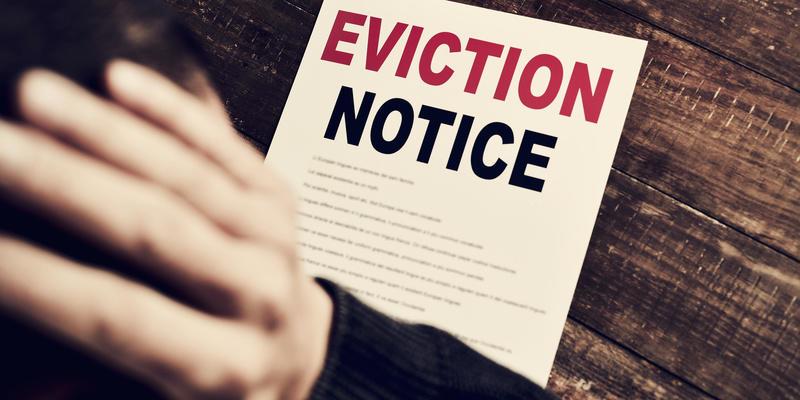
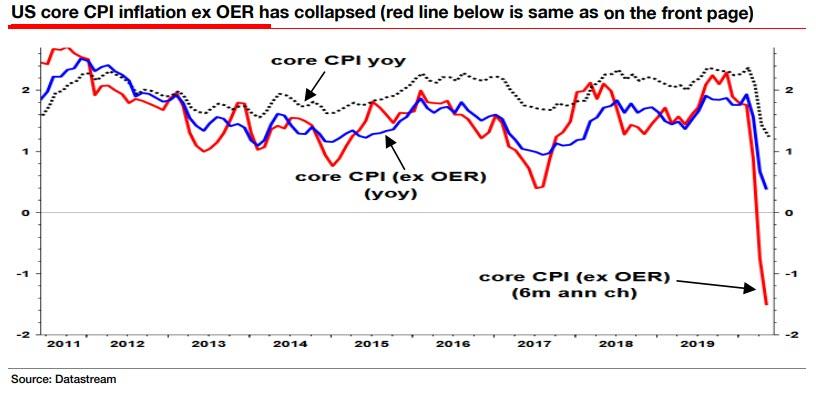
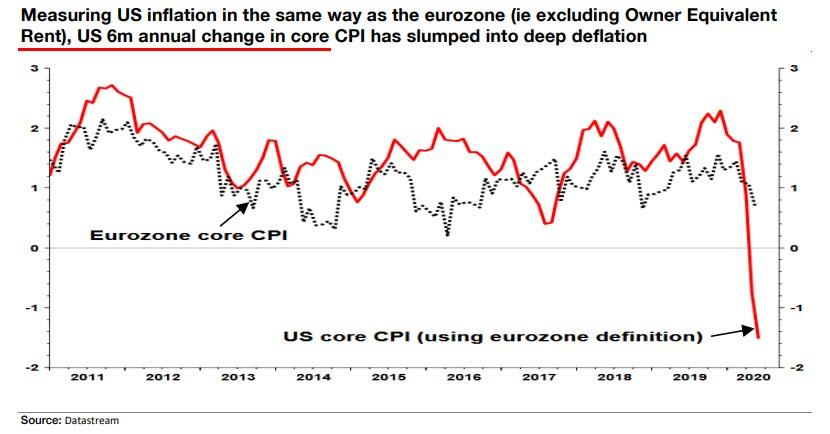
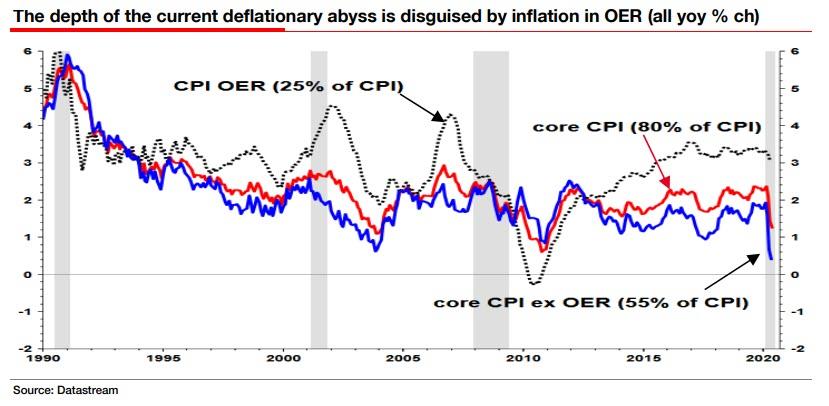
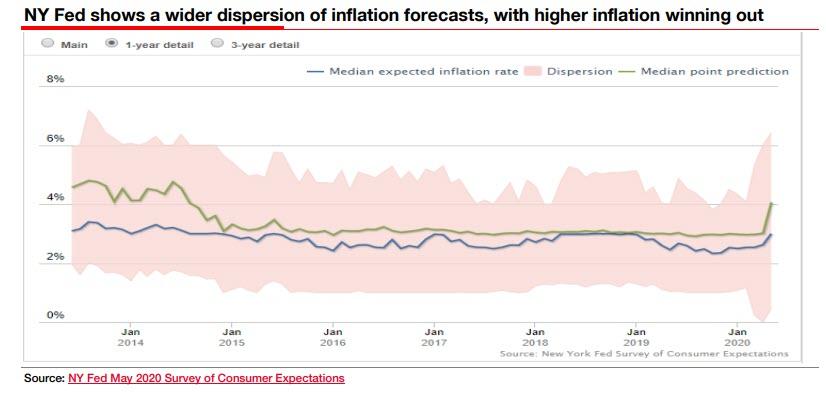
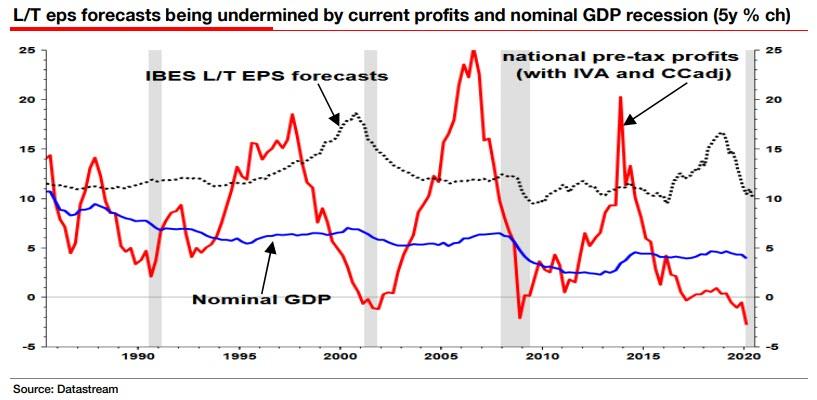
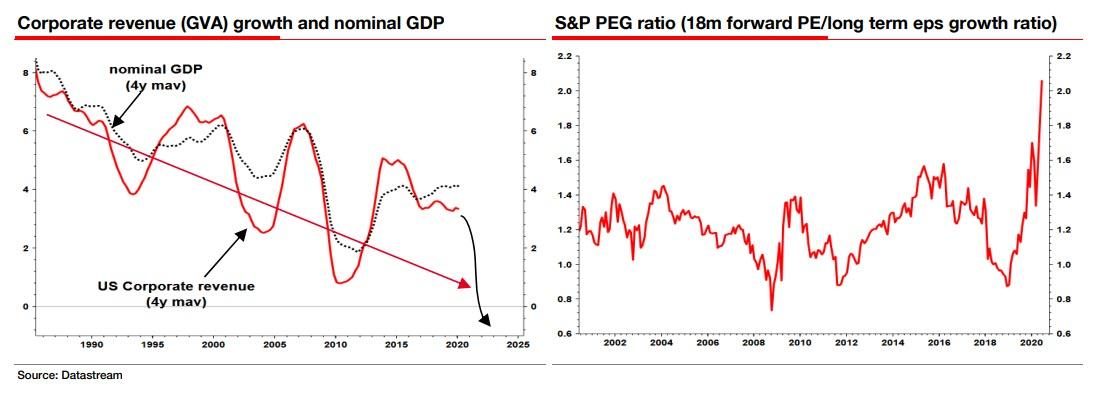
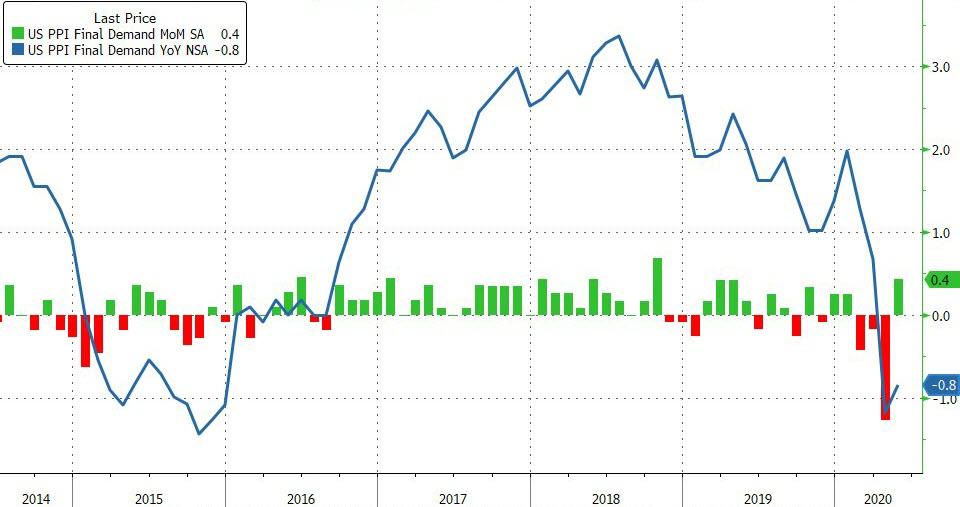
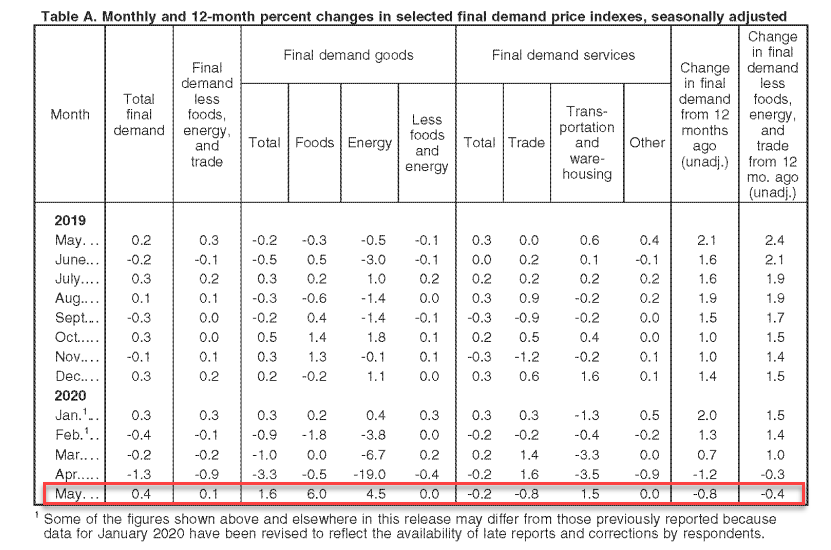
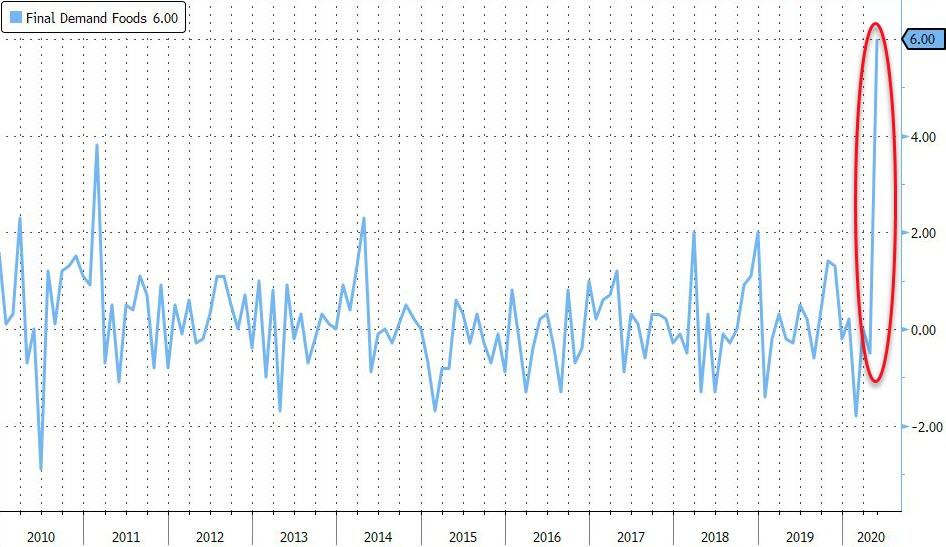
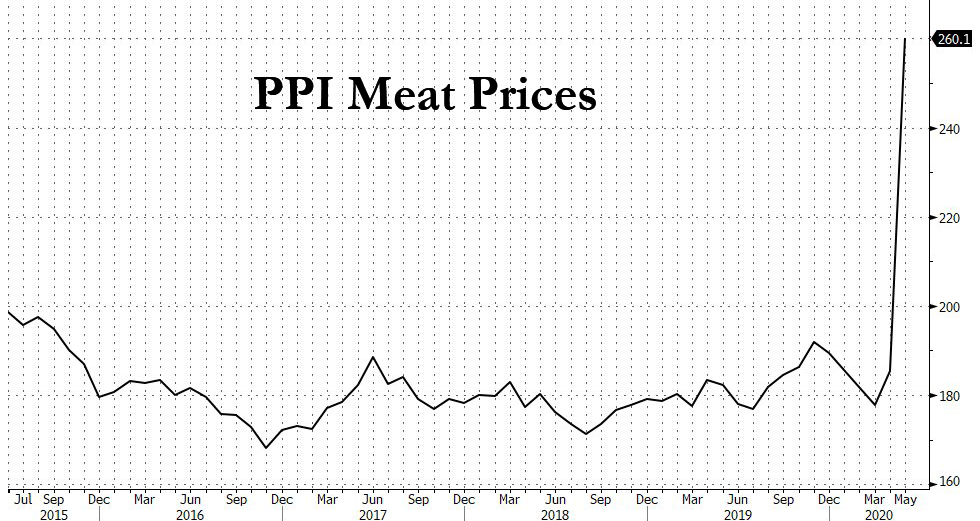
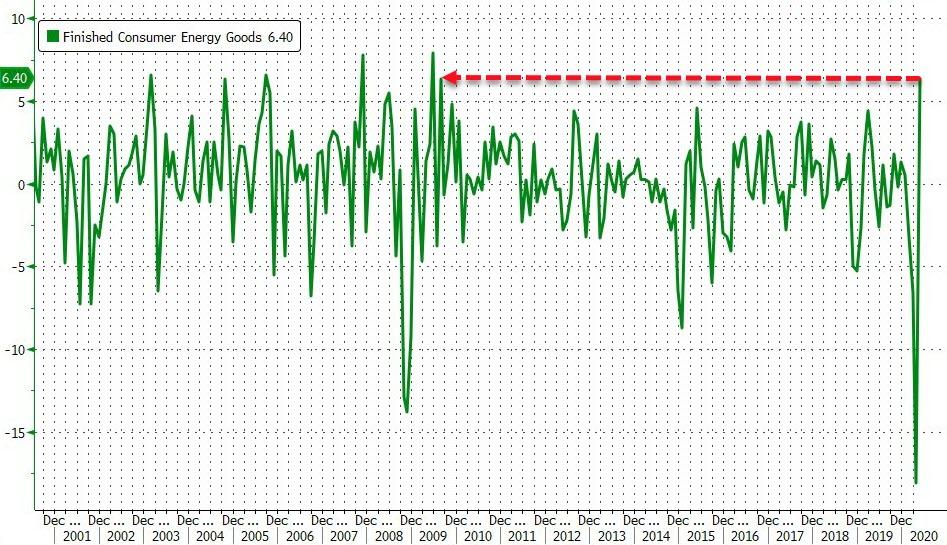
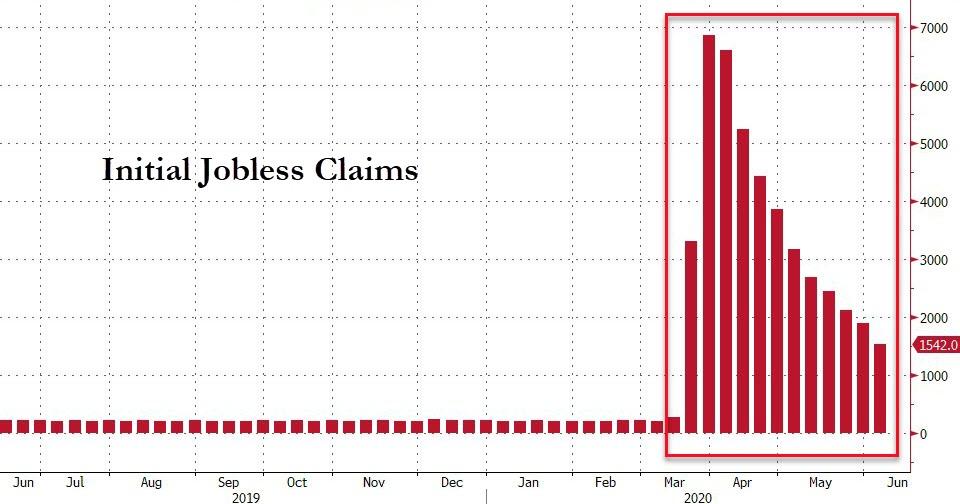
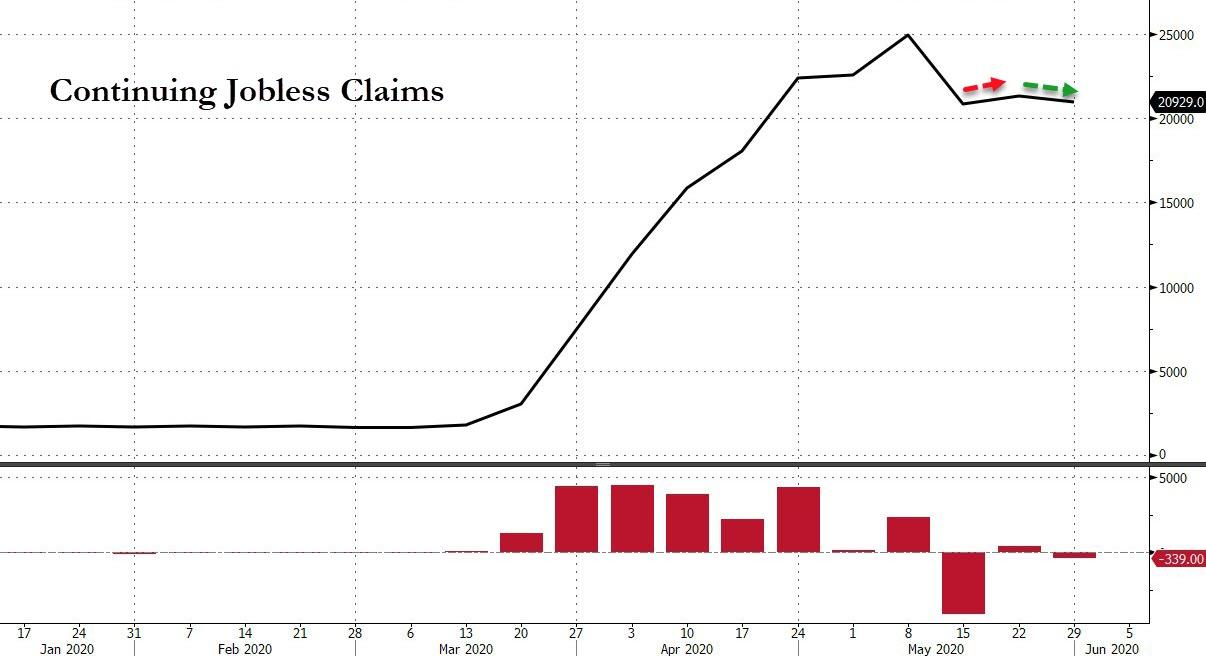
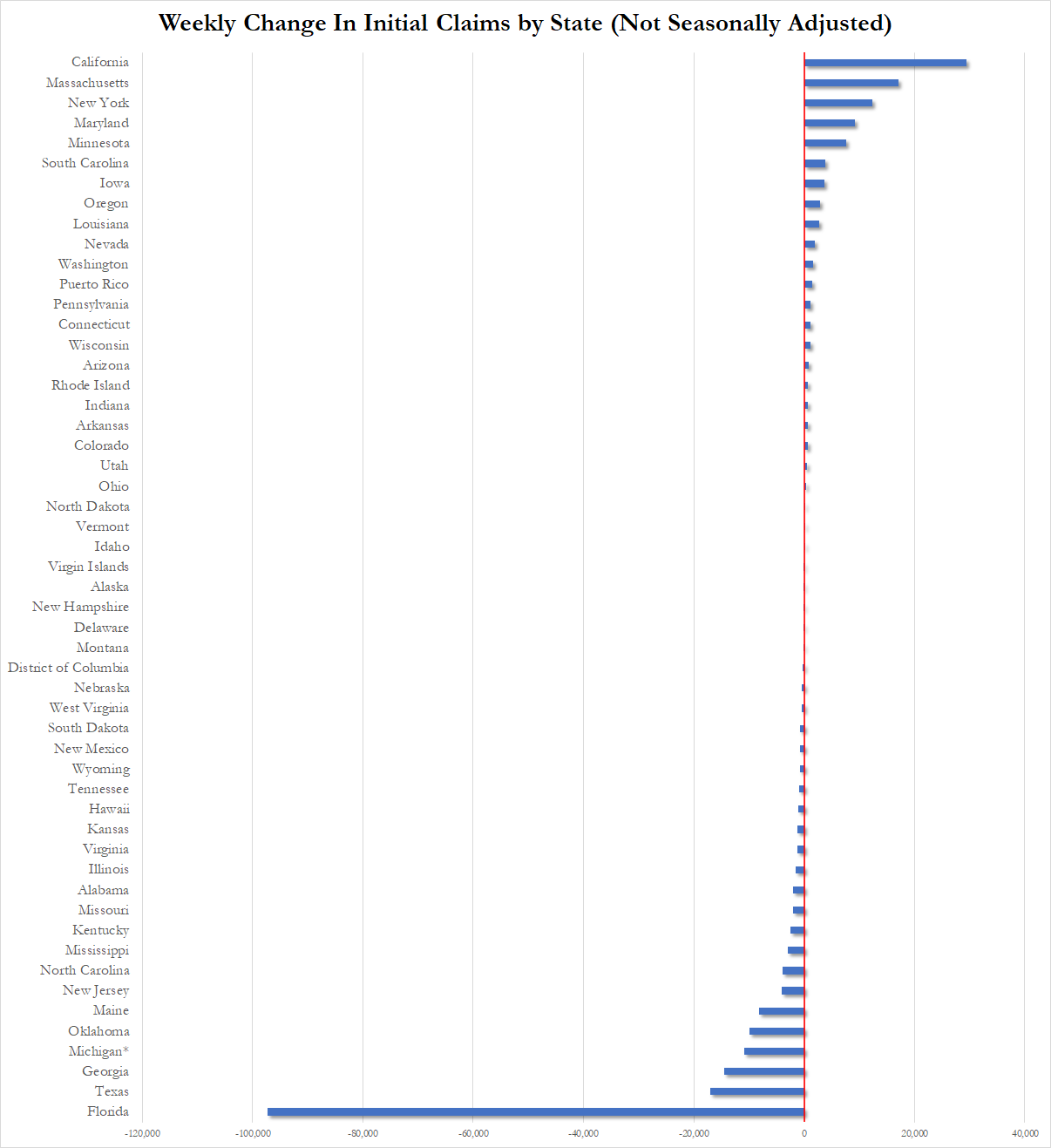
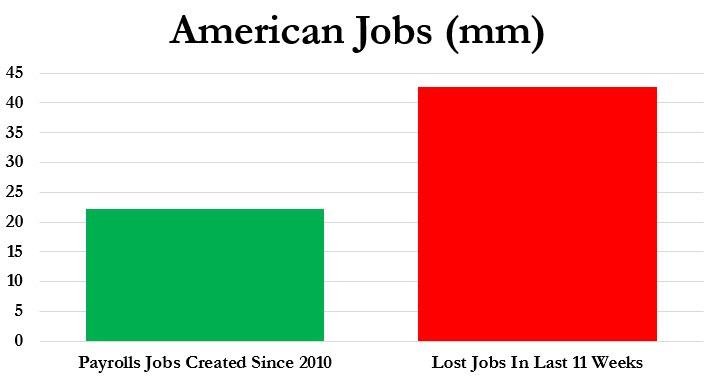
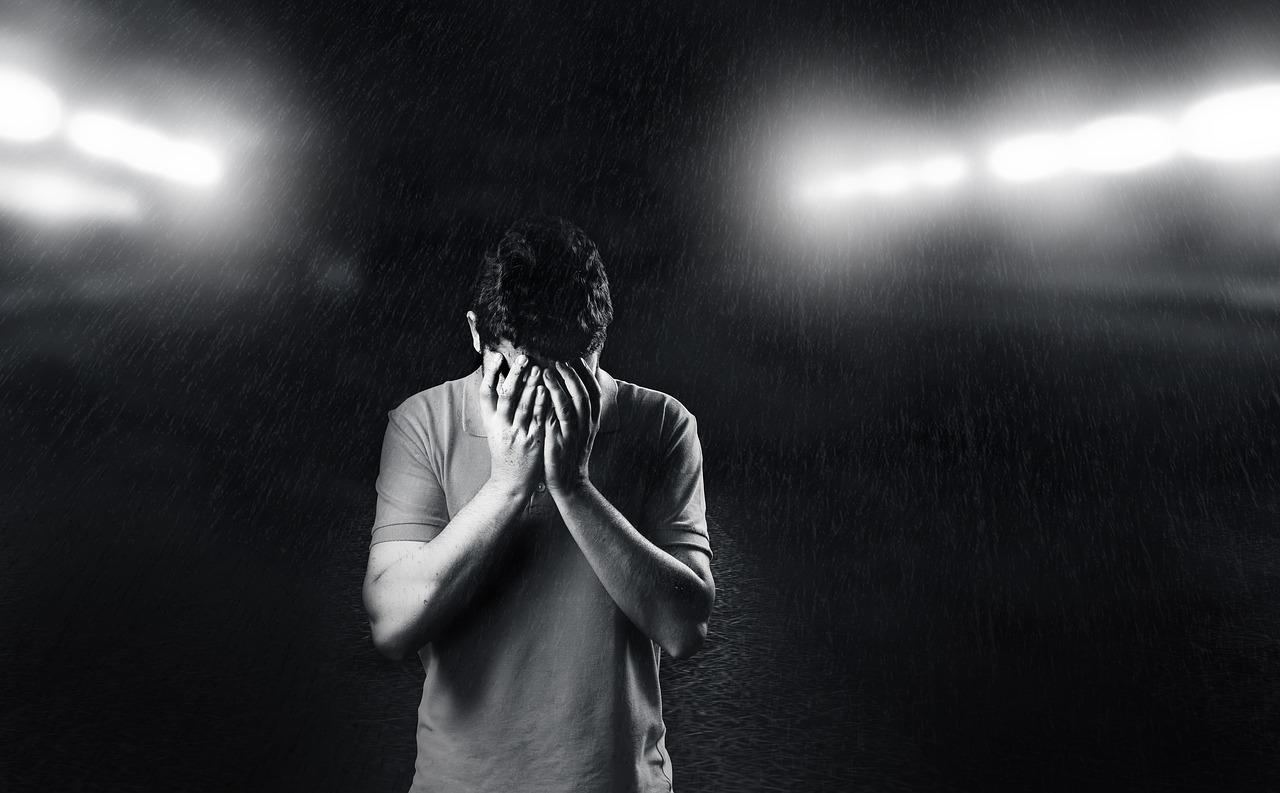
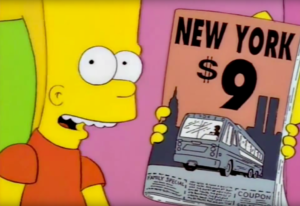 That
That